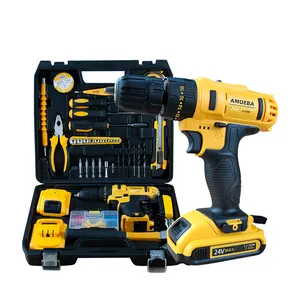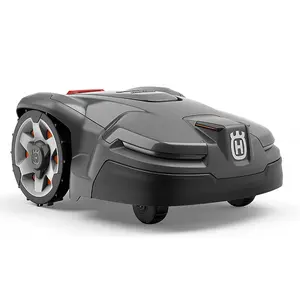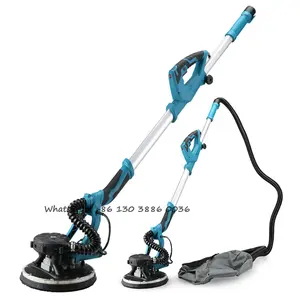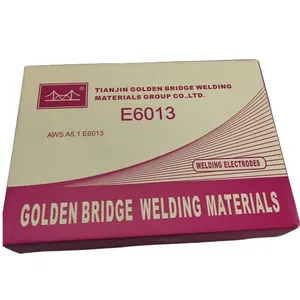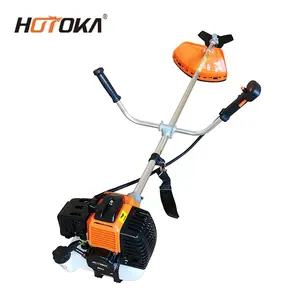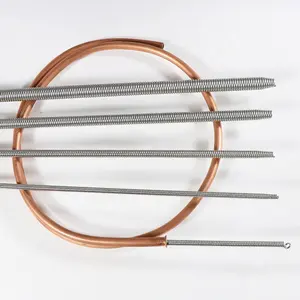Popular in your industry



















































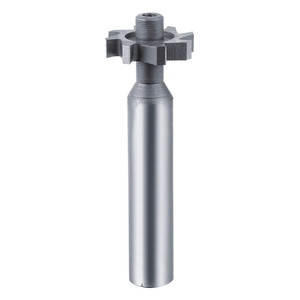






















Related Searches:































































































































Top categories
About woodruff cutter
Understanding Woodruff Cutters
Woodruff cutters are specialized tools in the realm of industrial milling, designed for creating keyways and slots in various materials. Unlike standard milling bits that operate primarily in the axial direction, woodruff cutters offer the flexibility to cut in both axial and radial directions, enhancing their utility in complex milling operations.
Types and Applications
The versatility of woodruff cutters extends to their compatibility with different milling machines, ranging from three-axis to the more complex five-axis configurations. Three-axis cutters are adept at handling diverse positioning and cutting tasks, while four-axis variants excel in sectors like automotive and aviation, thanks to their rotating tables. The pinnacle of precision and adaptability is found in five-axis cutters, which feature three linear and two rotary axes, each adjustable to suit the task at hand.
Features and Materials
Woodruff cutters are crafted from a variety of materials, each selected for its durability and cutting prowess. The geometry of these cutters is engineered to meet the demands of industrial milling, with shapes ranging from cylindrical to complex profiles like hemispherical designs. This diversity allows for the processing and shaping of mechanical parts with precision.
Advantages of Woodruff Cutters
The design of woodruff cutters provides several advantages in industrial milling. Their ability to make cuts in multiple directions not only increases efficiency but also allows for greater design flexibility when shaping parts. Additionally, the option to add accessories to the milling machine expands the functionality of the woodruff cutter, making it a valuable asset for a wide range of manufacturing tasks.
Choosing the Right Woodruff Cutter
Selecting the appropriate woodruff cutter is crucial for optimal performance in milling operations. Factors such as the material to be milled, the complexity of the part design, and the type of milling machine in use all play a role in determining the most suitable cutter. It is important to consider the specific requirements of the task to ensure the cutter can handle the demands of the job.
Conclusion
In summary, woodruff cutters are indispensable tools for industrial milling, capable of shaping a multitude of mechanical parts with precision. Their design and material composition cater to a broad spectrum of applications, making them a key component in the manufacturing process. When selecting a woodruff cutter, it is essential to match the tool's capabilities with the intricacies of the intended application to achieve the desired results.
